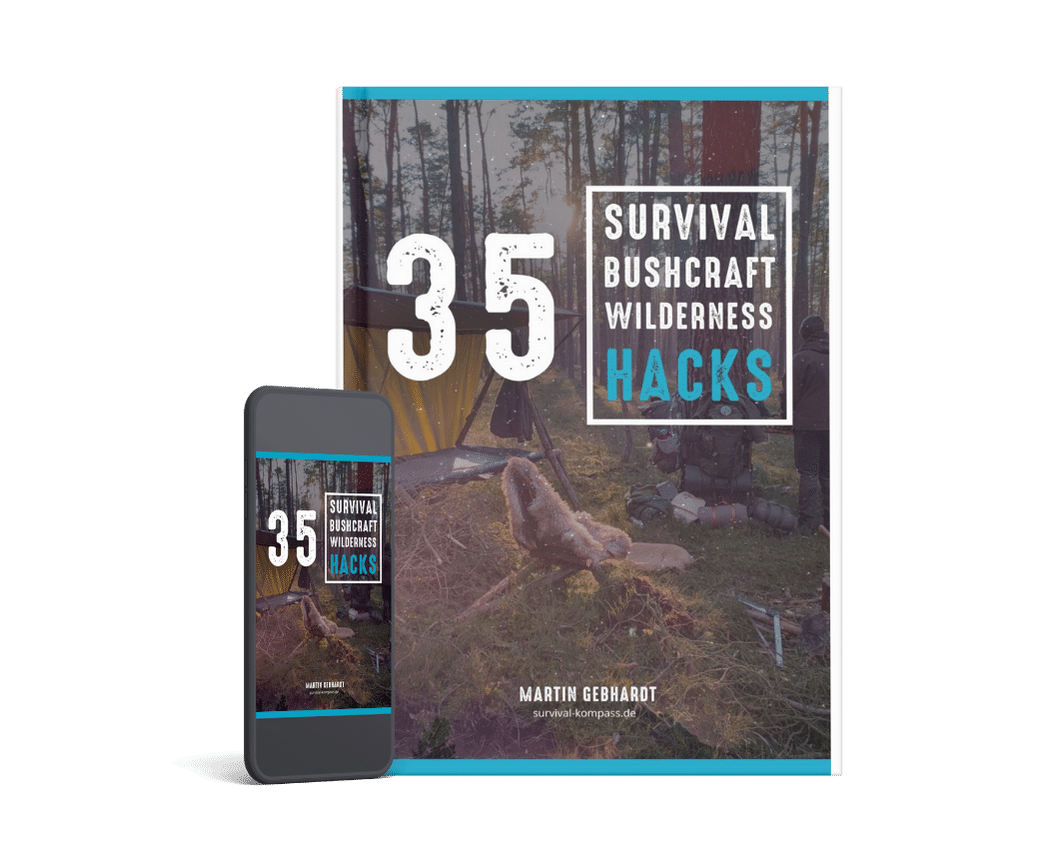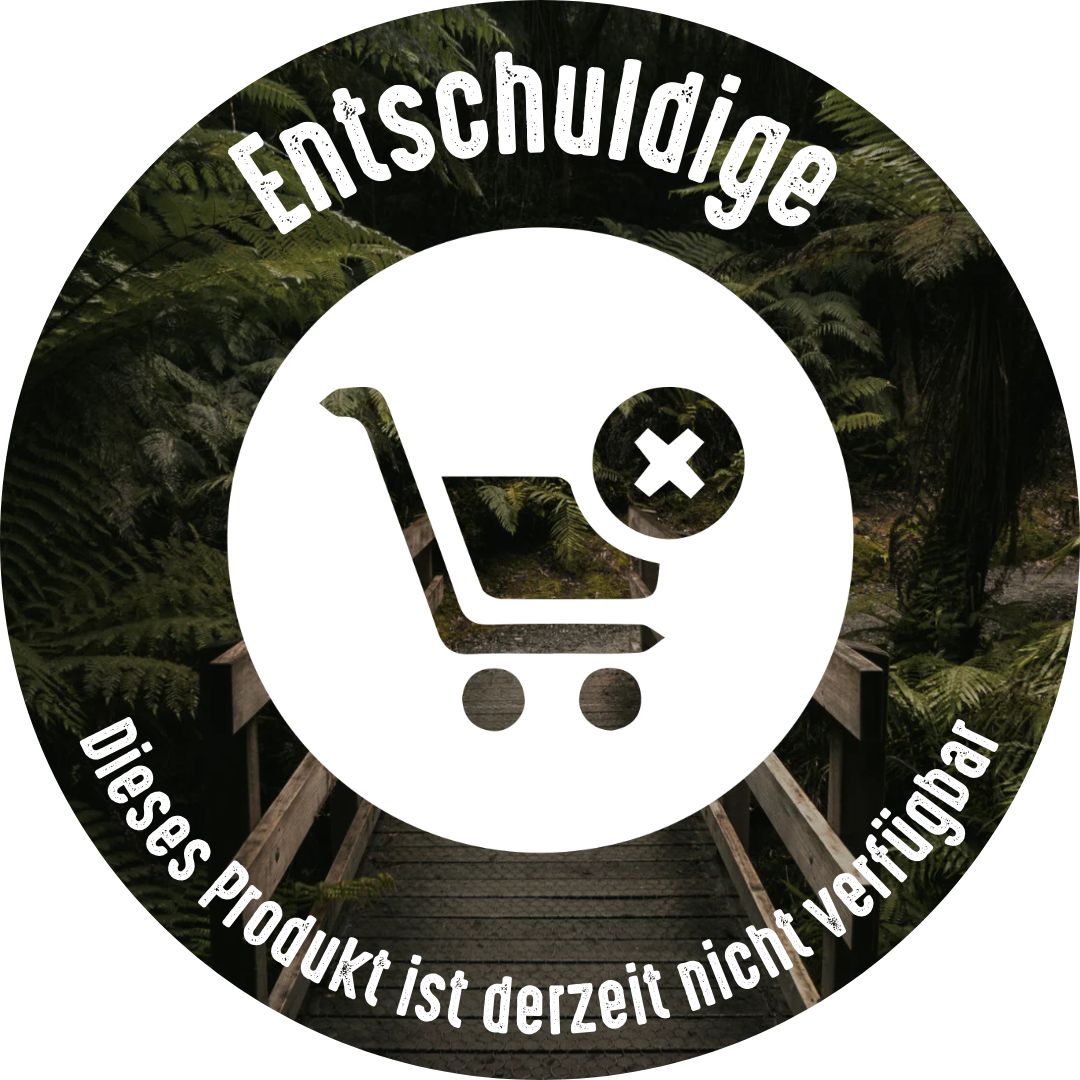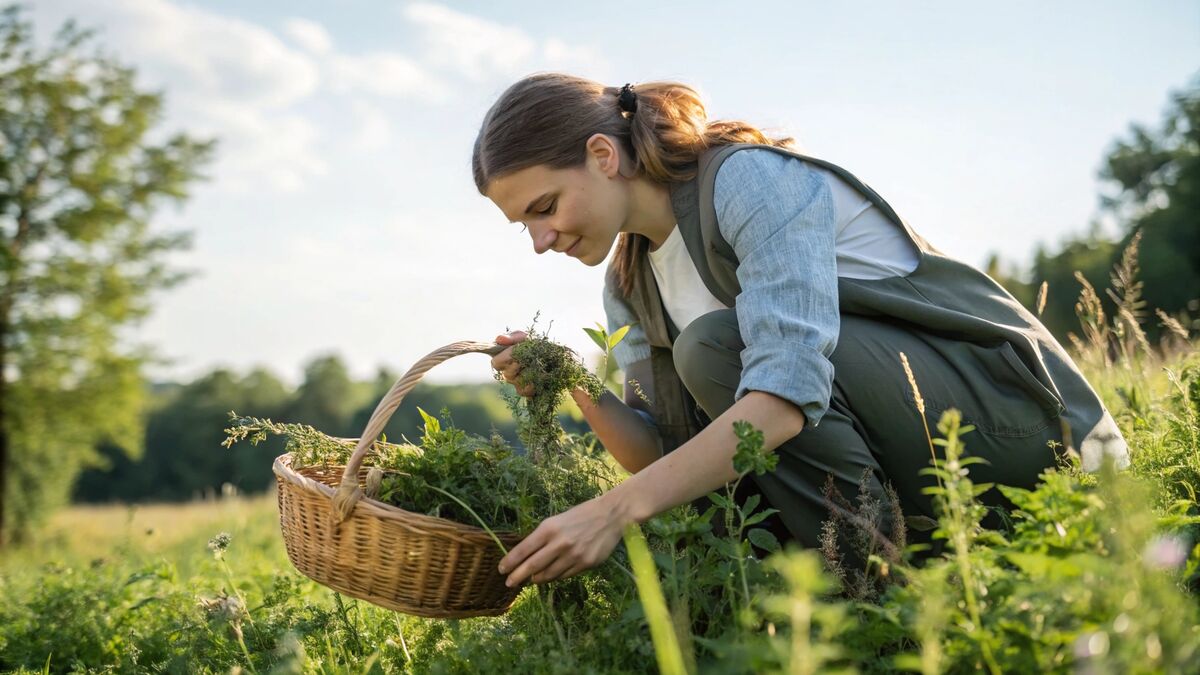
Learning to identify edible wild plants: My best tips for beginners
👉 The key facts from this guide
- Discovering wild plants is not only fun, but also connects you more strongly with nature – you learn to observe more closely, be more mindful, and experience nature as a living pantry.
- The easiest time to start is in spring, when many plants display their distinctive features – perfect for safely identifying edible ones and practicing at your pace.
- Use your senses! Smelling, tasting (only with safe identification), feeling, and seeing help you anchor plant knowledge deeply in your memory.
- You learn most sustainably with associations and stories – connect plants with experiences, locations, smells, or special features to remember them better.
- Start with familiar plants from your surroundings and gradually expand your knowledge – ideally supplemented by good books, apps, and personal nature observations.
- Only eat what you know 100% – accurate identification is crucial to avoid dangerous confusion with toxic plants!
Are you tired of seeing only “green stuff” in the forest?
Do you dream of discovering the pantry right outside your door and enriching your meals with the power of wild plants?
I know this feeling! The desire not just to observe nature , but to truly understand it and be able to utilize its gifts has led me on an incredible journey.
At the beginning, the diversity of the plant world can be overwhelming. You learn one plant and forget it again.
But don't worry, that's completely normal!
I have often stood in the forest and thought: “Was that ground elder or something else?”
This guide is your personal compass on the way to becoming a wild plant expert.
I share my experiences as a wilderness mentor, show you proven learning strategies, and how to acquire deep, sustainable knowledge – and do so with joy and curiosity, rather than with dry cramming!
Why Wild Plant Knowledge Enriches Your Life: More Than Just “Weeds”
For me, getting to know wild plants is one of the most fundamental and satisfying skills there is. It goes far beyond mere "survival," although it is of course an important aspect of survival knowledge.
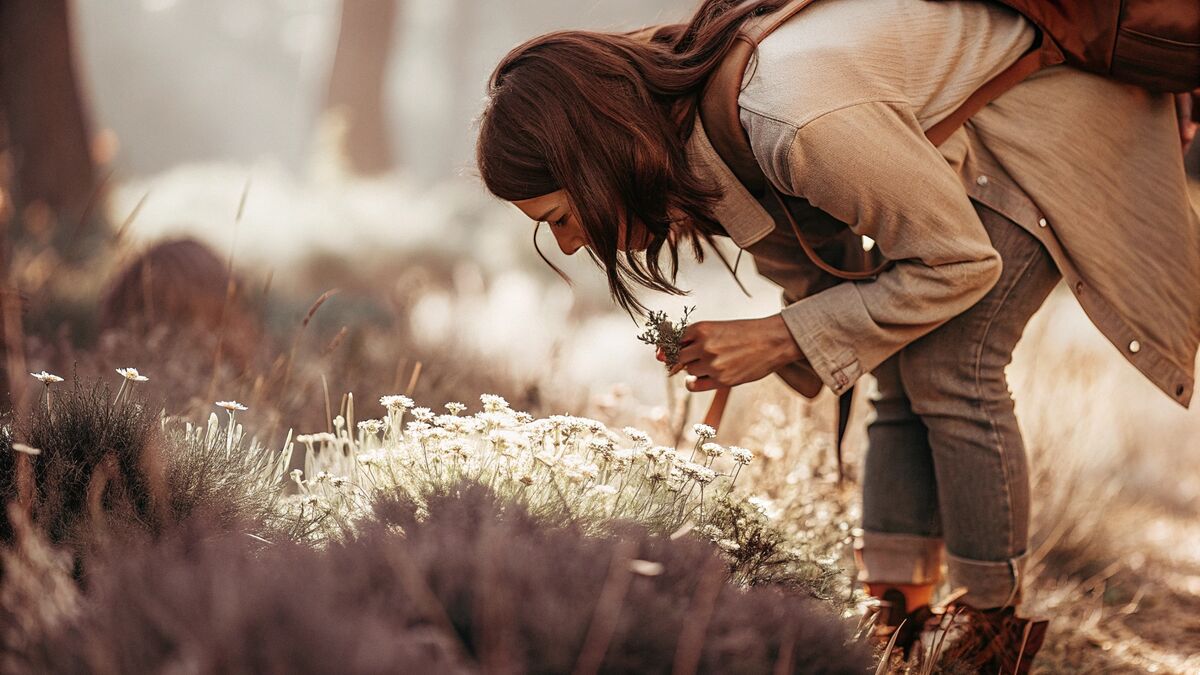
The Fascination of the Edible: Your Direct Connection to Nature
The strongest motivation for many – and I was no different – is the desire to safely identify and utilize edible wild plants.
That is genius, because it:
- Sharpen your senses immensely: You begin to pay attention to details – leaf shapes, scents, the texture of stems. Suddenly, you see the forest with completely different eyes!
- Connects you directly with the cycle of life: You harvest what nature provides, prepare it, and nourish yourself with it. This creates a deep gratitude and connection to nature.
- Demands accuracy and responsibility: With edible plants, especially when there are toxic look-alikes, absolute certainty is required. This necessity to be precise trains your observational skills like hardly anything else. (An edibility test for plants is a tool for emergencies, but it never replaces solid knowledge.)
- Is a feast for the senses: Imagine refining your salads with the peppery leaves of the garlic mustard, cooking a soup from the earthy ground elder, or snacking on the sweet fruits of the rose hip directly from the bush. These are taste experiences that no supermarket can offer!
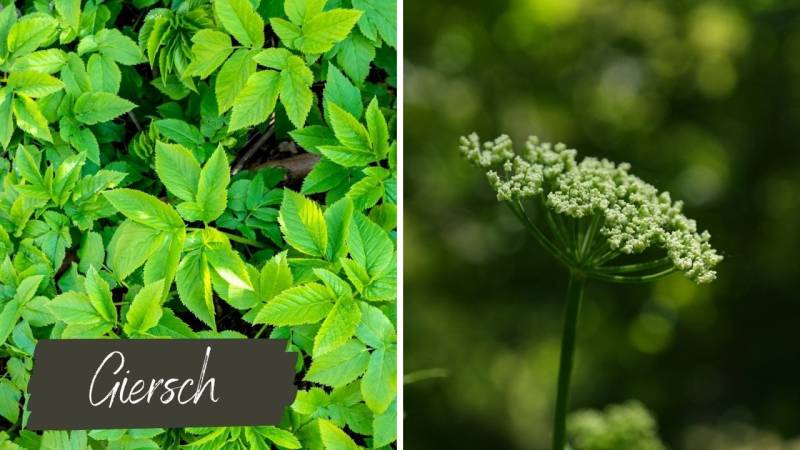
The meditative power of collecting and observing
Being in nature, the mindful searching and observing of plants has an incredibly calming effect on me. Everyday stress fades away, and the mind becomes clear.
I often lose track of time when I immerse myself in the details of a flower or the structure of a leaf.
With each new "aha moment" when I recognize a plant or get to know a new one, nature becomes more familiar to me, like a living book in which I can read.
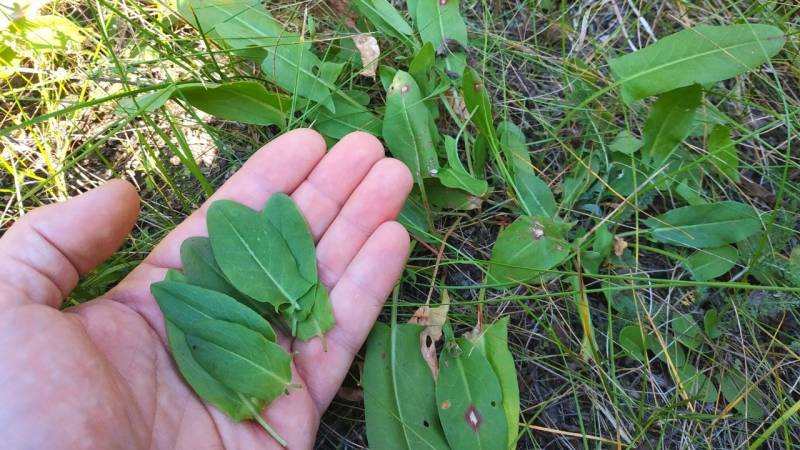
The best motivation: When the stomach growls and the senses awaken!
Honestly? The very best motivation to really dive deep into the world of plants for me is the desire to use them culinarily!
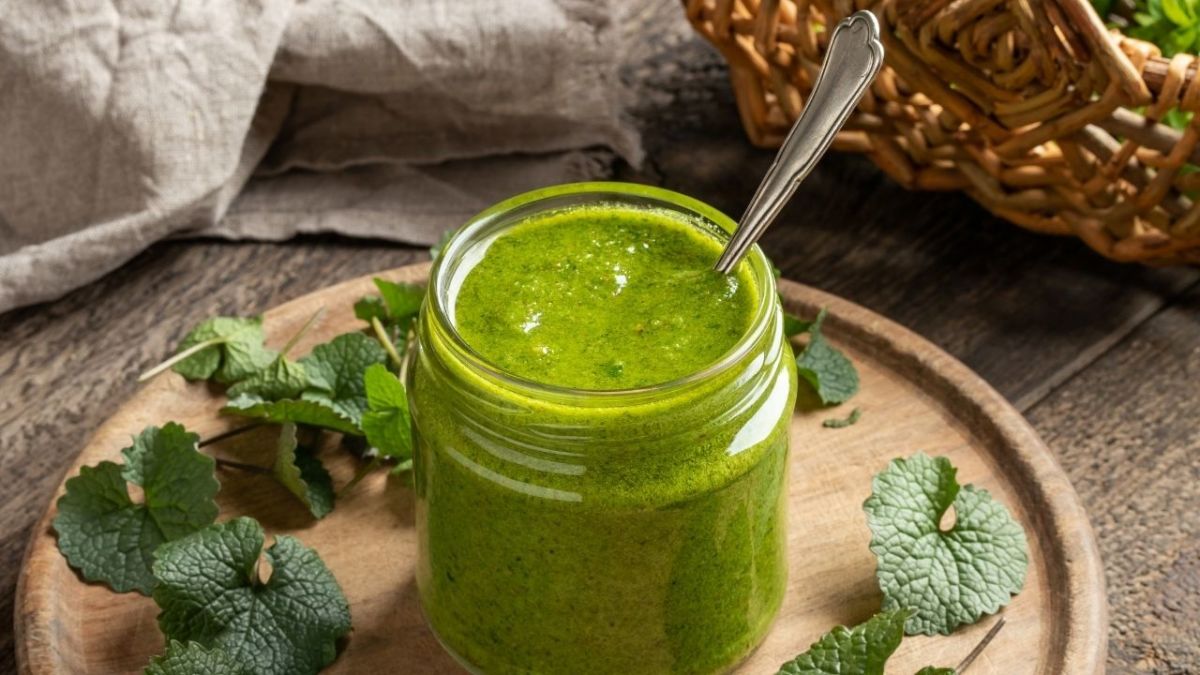
If you imagine how this crispy Chickweed enriches your salad or how the Meadowsweet refines your tea, then something magical happens:
- All senses awaken: You start to not only look at plants but to touch them, smell them, and (after safe identification!) carefully taste them. I can tell you, the scent of freshly crushed wild garlic or the resinous smell of fir needles is much more deeply ingrained than any picture in the book!
- A real practical connection is created: The knowledge is no longer abstract but directly applicable. You are not collecting for a herbarium (although that is great too!), but for your cooking pot or your tea cup.
- You are forced to look VERY CLOSELY: If you want to eat something, you automatically become more careful. You would rather not make mistakes. This "healthy respect" is a fantastic driver for precise observation. I have learned to pay attention to the finest hairs on a leaf just because I wanted to know if it really is the edible variety.
This combination of benefit and experience is simply unbeatable for boosting learning!
Your brain loves stories: The power of associations in plant learning
Our brain is not a computer that simply stores facts. It learns best when it makes connections, recognizes patterns, and associates things with emotions and experiences.
That is why it is incredibly important to create as many associations as possible when learning about plants, in addition to pure identification. Only then do dry data become vivid memories that stick.
Here are a few areas where I try to consciously make connections:
- Differences and Similarities – The Game of Detectives:
- How does this type differ from a very similar one? (e.g. the leaves of the raw poisonous wild arum compared to those of the edible wild angelica – accuracy is important here!)
- What common features do all plants of genus X or family Y have? This trains the eye for the essentials.
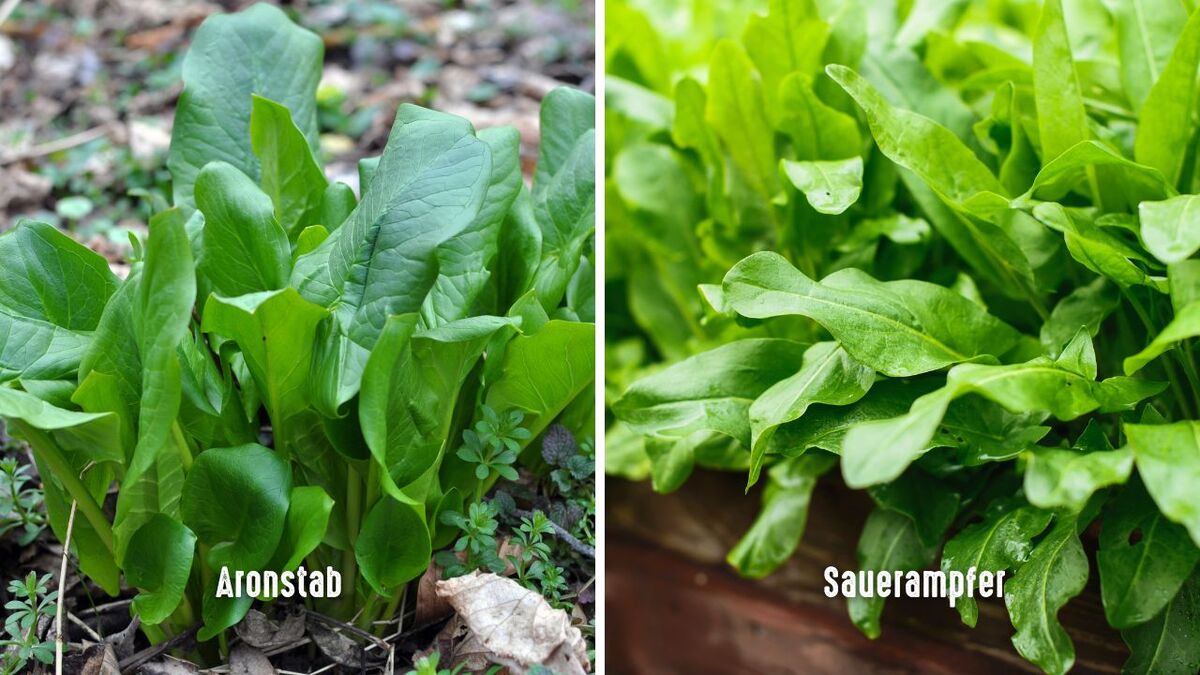
- Location Companions – Who grows where with whom?
- In which typical locations can I find this plant (dry meadow, rich meadow, forest edge, wet ditch, ruderal area like with the Japanese Knotweed)?
- Which other plant species are often found together there? (These are called indicator plant communities, which reveal a lot about the soil and the conditions.)
- The nose often knows more – Smell as a super feature:
- What does the plant smell like when I crumple a leaf or sniff the flower? (e.g. the garlic-like smell of wild garlic or garlic mustard, the minty scent of many mint family members).
- Which other plants have a similar or completely opposite smell?
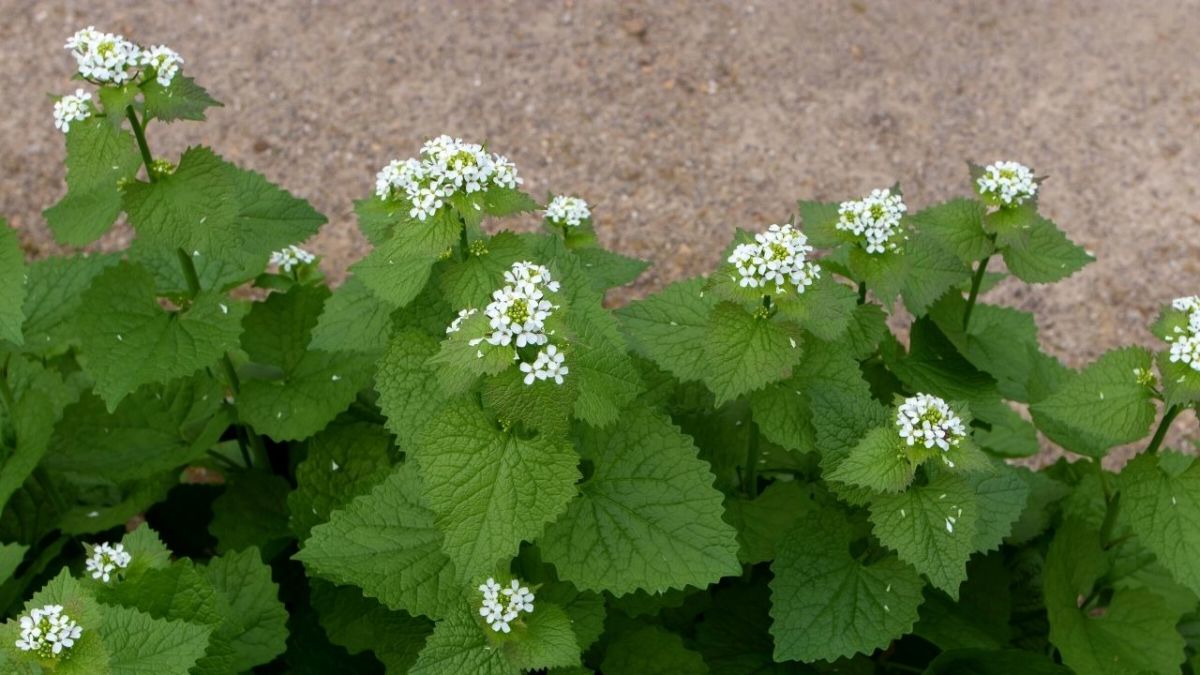
- The meaning behind it – Evolutionary strokes of genius:
- Why does this plant have thorns? (Protection against grazing)
- Why does the flower of the evening primrose shine so bright yellow and open in the evening? (Attracting moths for pollination)
- Why do some seeds have barbs? (Dispersal by animals) When I understand the "meaning" of a trait, I remember it much better.
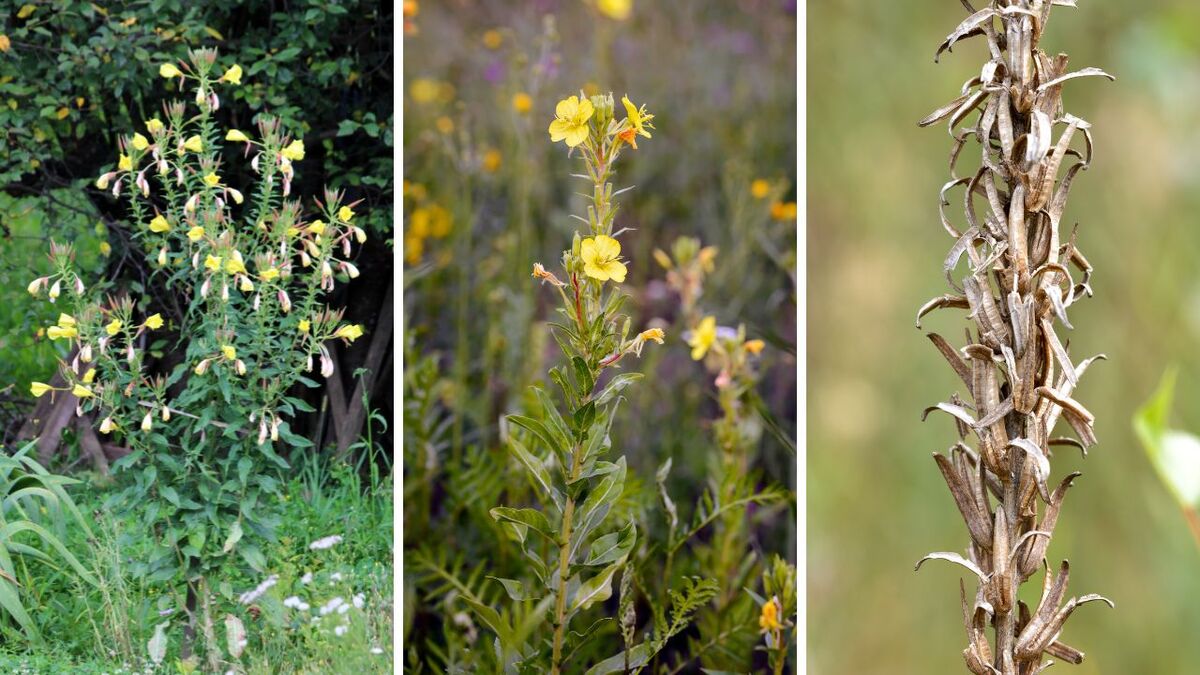
- The inner values – Ingredients and their effects:
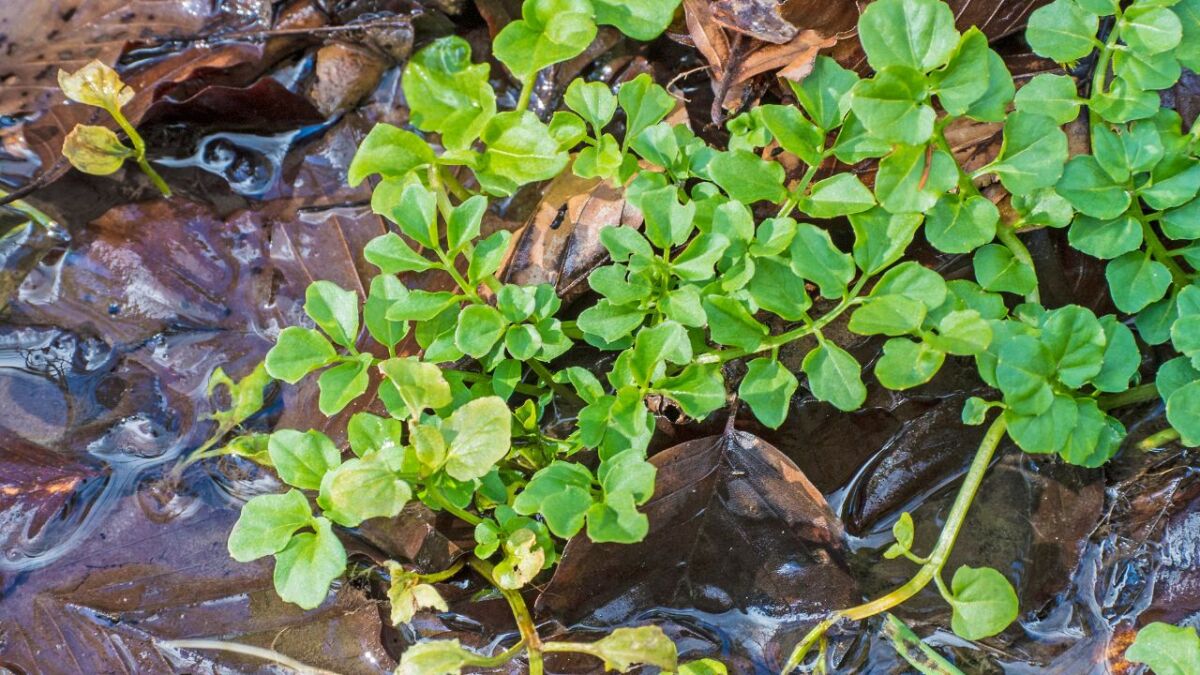
- From the Meadow to the Plate (or the Tool Shelf) – Culinary and Technical Utilization:
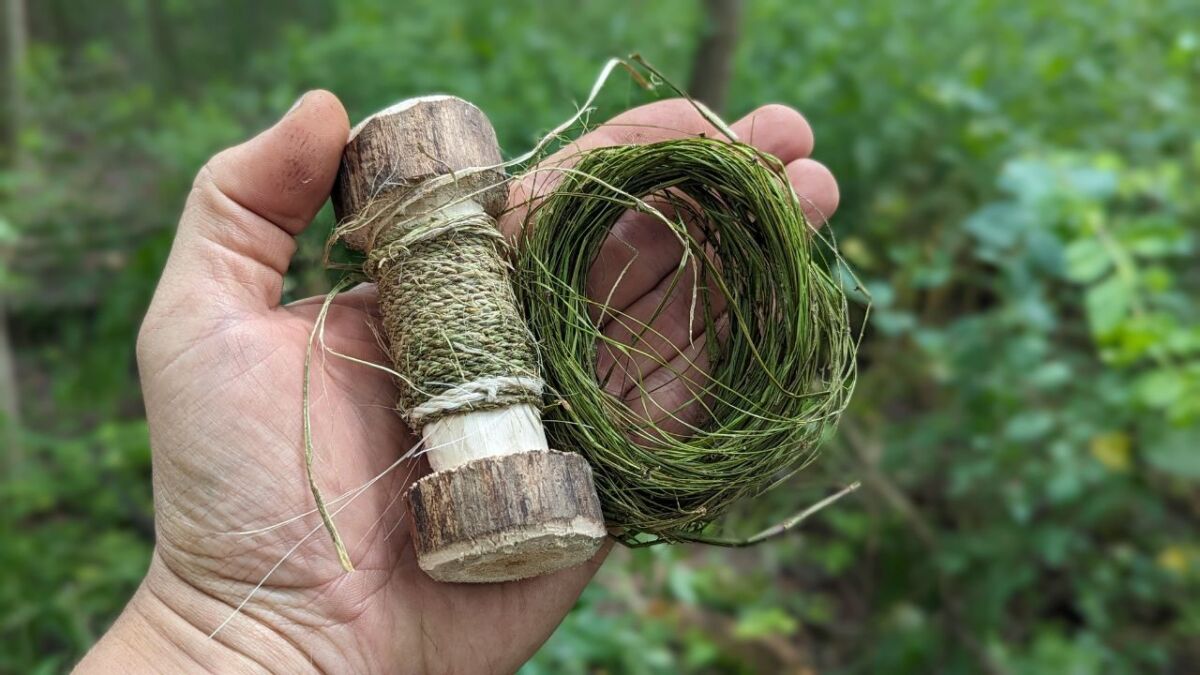
- The unforgettable experience – Your personal connection:
- What special moments, feelings, or stories do I associate with this plant? I will never forget the taste of the first homemade dandelion honey or the joy I felt when I saw the rare lady's slipper orchid bloom for the first time.
- Is there a place where I consciously noticed this plant for the first time?
- What personal connection do I have to it? Does it remind me of something or someone?
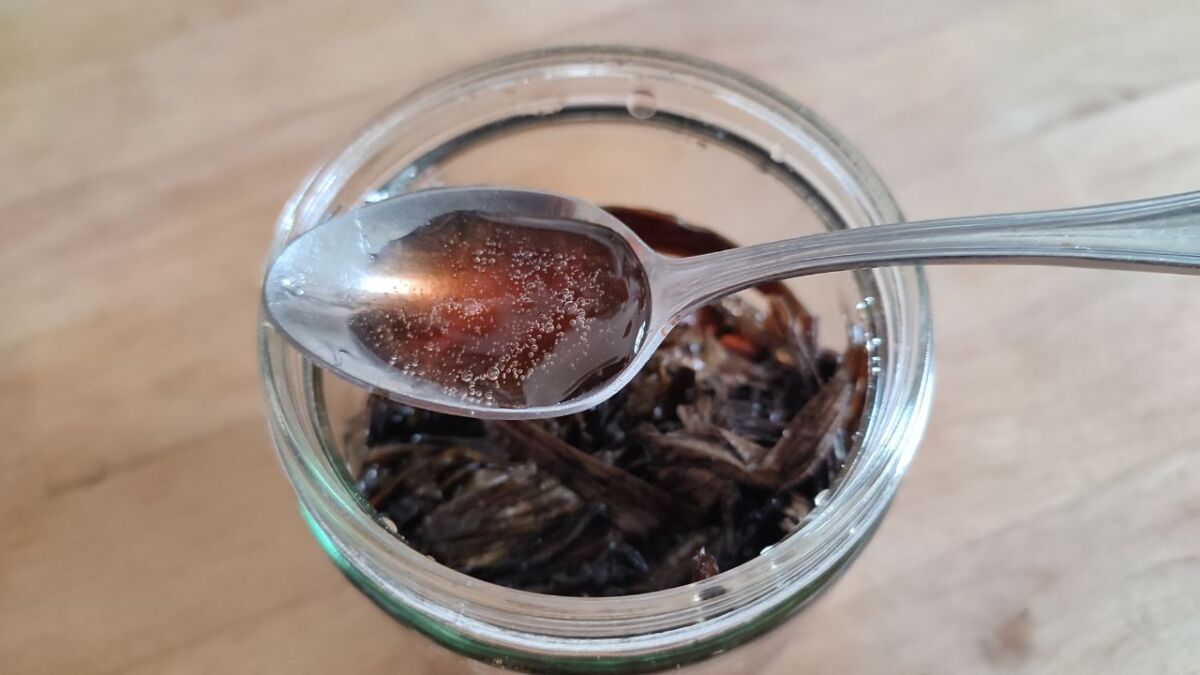
The more of these connections you create in your brain, the more vivid and lasting your plant knowledge will become! It's about weaving a rich inner network of information, sensory impressions, and feelings.
Your Learning Path: Strategies for Sustainable Plant Knowledge
Okay, how do you best start building this knowledge without overwhelming yourself? Here are my proven strategies:
1. The right starting time: Go with the rhythm of nature
My clear recommendation for beginners: Start your plant discovery journey in spring or early summer. Why?
- Nature is literally exploding: Everything is fresh, green, and most plants are showing their characteristic features, especially their flowers, which are often crucial for identification. Check out my guide on which wild herbs you can collect in spring.
- The harvest is abundant: Many young, tender leaves are now ideal for salads or as vegetables.
- You experience the entire cycle: When you accompany a plant from sprouting to seed ripening, its image is ingrained much deeper.
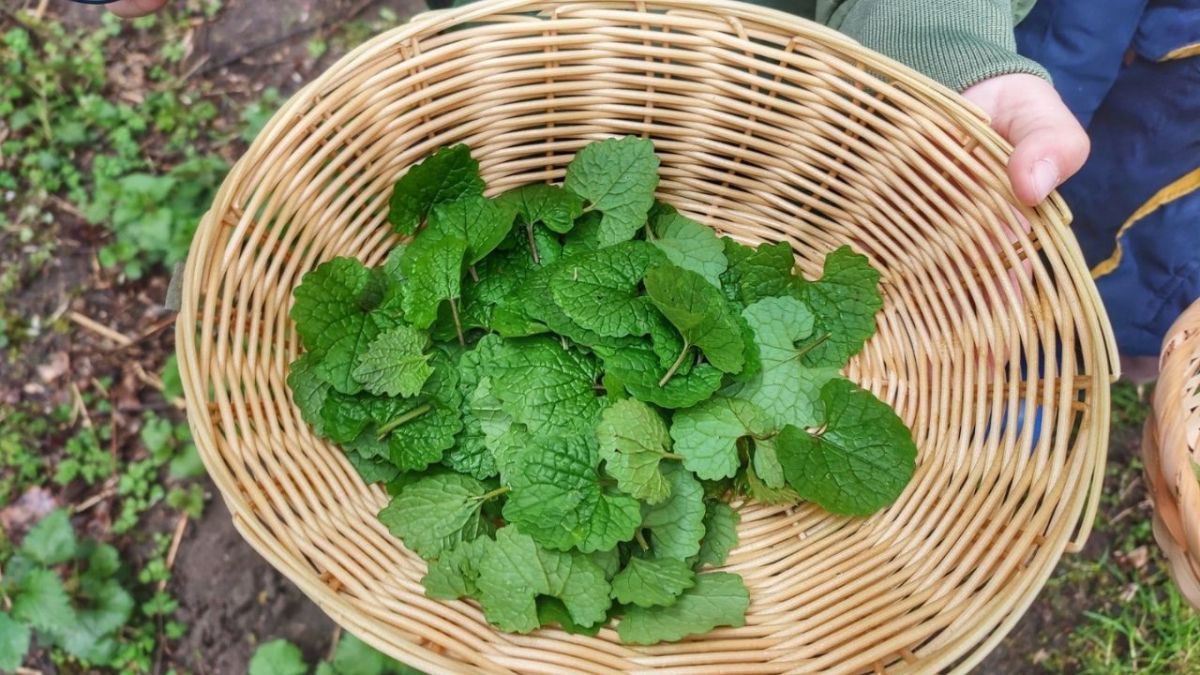
Of course, autumn has its charms with roots, seeds, and fruits – here you will find information about wild herbs in autumn.
But for starters, the abundance and clarity of spring is unbeatable.
If you are reading these lines in the depths of winter, don't worry! Use the time to prepare theoretically or take a look at my winter list for emergency food. Read books, look at pictures. The anticipation is all the greater when the first tips of the wild garlic or scurvy grass break through the ground!
2. Laying the Foundation: The First Steps to Becoming a Plant Expert
Every beginning is... easier than you think when you approach it the right way!
Start with what you (almost) already know
Start with plants that seem familiar to you in some way or that have very distinctive features.
I started with the "classics" that I had seen as a child by the roadside:
- The distinctive nettle (yes, that is a treasure too!).
- The sunny yellow dandelion.
- The friendly daisy.
- The aromatic dead-nettle (which does not sting!).
- Perhaps also the plantain, which is often found in meadows.
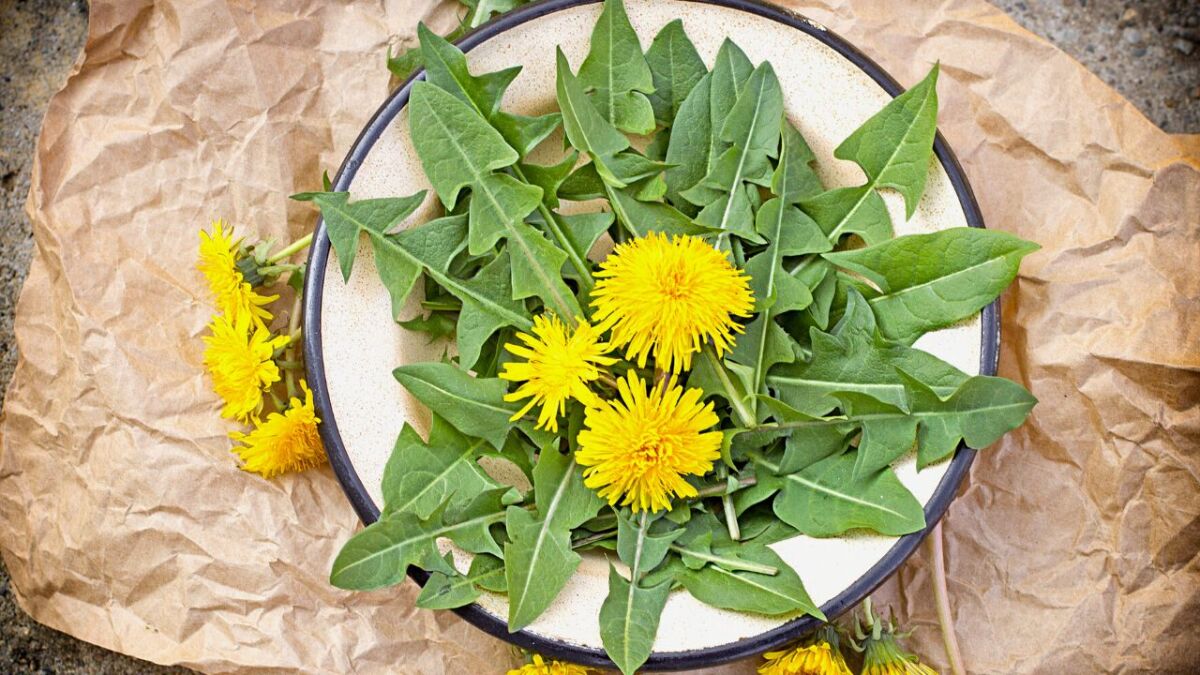
Use good determination aids – But with common sense!
A good field guide is your most important companion. I always carry several to compare features.
Apps can be helpful to get a first hint. I sometimes use them like a "search engine for plants." But I would NEVER rely blindly on an app when it comes to food!
The final decision is always yours, based on careful comparison with reliable literature.
Compare, Confirm, Experience!
Take your time with each plant. Compare them carefully with the images and descriptions. Pay attention to details. And when you are 100% sure, then try them!
A small leaf, a blossom. Taste, smell, feel. This multisensory approach anchors knowledge deeply.
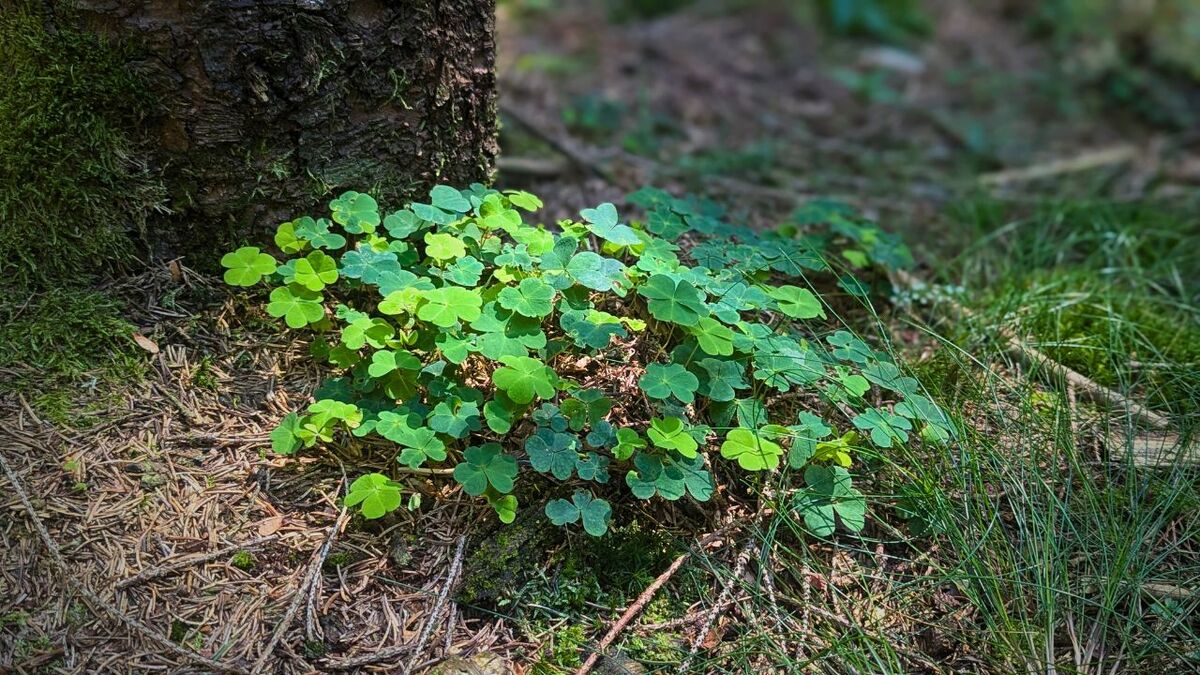
3. Build your knowledge ecosystem: Learn sustainably with system and joy
Superficial knowledge fades quickly. True understanding requires depth and connection.
Focus on your "Home Plants"
You don't need to know every plant in the world. Become an expert on the species that grow right outside your door, in your garden, on your walking paths. This direct, repeated contact is the best teacher.
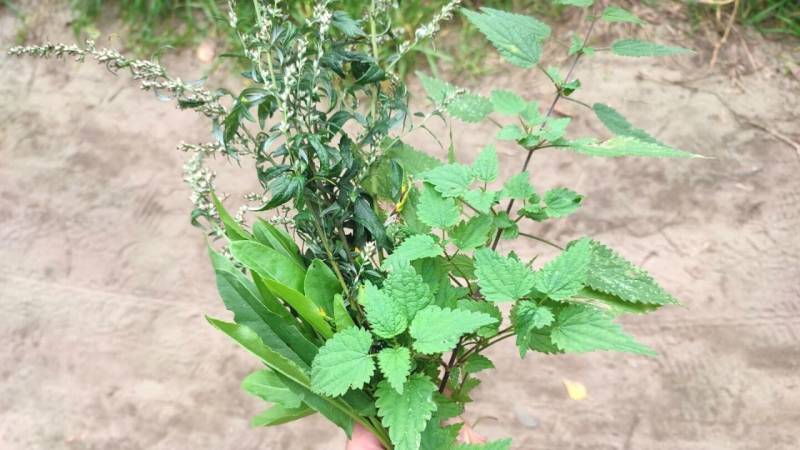
From the Unique Piece to the Family Portrait: The Power of Plant Families
This was a real eye-opener for me: When you start to understand plant families, learning new species becomes much easier. Many members of a family (e.g. Apiaceae, Brassicaceae, Lamiaceae) share basic characteristics in flower structure, leaf arrangement, or even similar compounds.
When I recognize that a plant has typical characteristics of a mint family member, I often already know that it is likely aromatic and has a square stem – even if I do not yet know the exact species.
4. How I Approach a New Plant: My Personal Getting to Know Process
If an unknown plant piques my curiosity and I really want to get to know it, I usually take a similar approach.
It's like a little detective game that is always exciting:
👉 The first impression & the app as a "pre-filter": I take a close look at the plant. Where does it grow? What does it roughly look like? Then I often pull out my smartphone and use a identification app like "Google Lens," "PlantNet," or the scan function of the "Flora Helvetica" app. Important: This is just a very first, non-binding hint, a kind of "scent hound" for me! I would never eat a plant solely based on an app result.
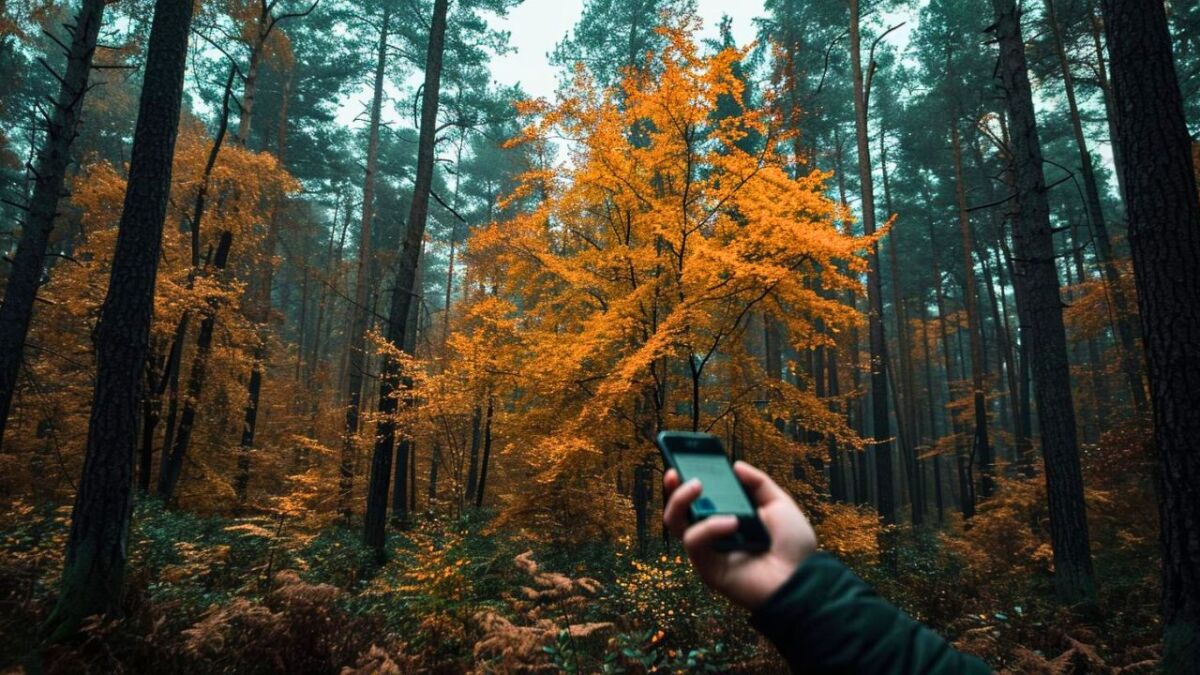
👉 The detective work with the book: With the app suggestion (or if I already have a suspicion), it gets down to the nitty-gritty: I grab my reliable identification books. Now the meticulous comparison begins:
- Do the leaf shape, leaf margin, and leaf arrangement match?
- What does the stem look like – round, angular, hairy, hollow?
- If flowers are present (which makes identification much easier!): color, number of petals, shape of the flower?
- Are there fruits or seeds?
- Does the plant have a characteristic smell when I crush a leaf? (Be careful with unknown plants, not every touch is harmless!)
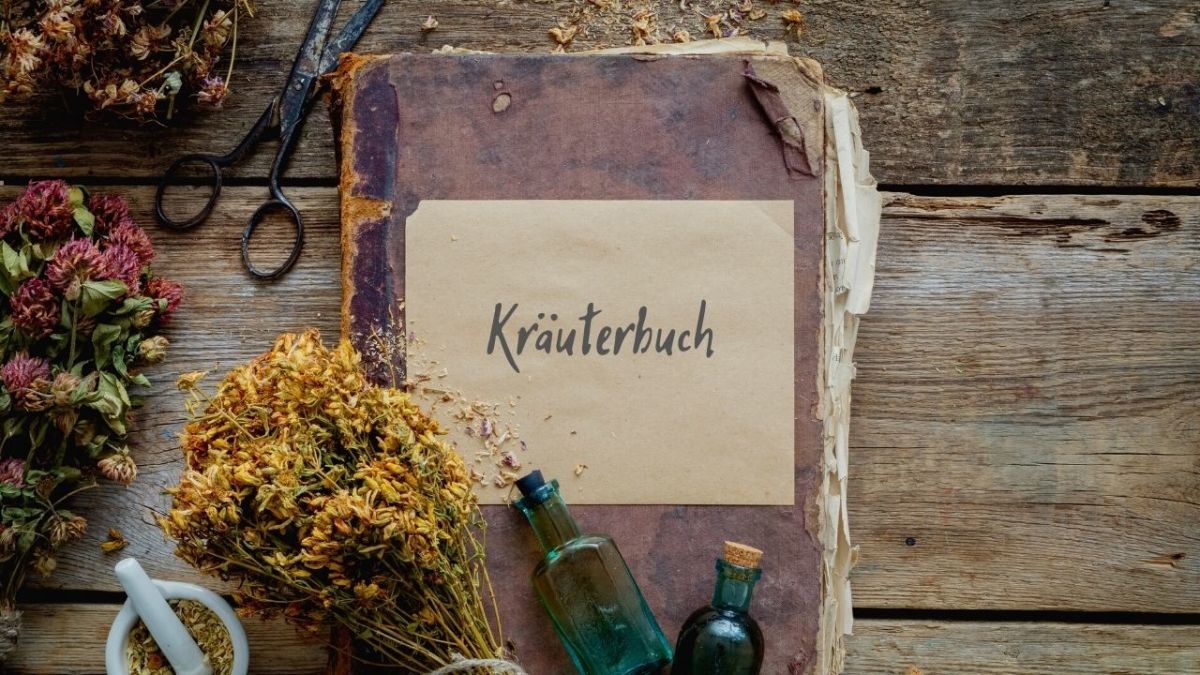
👉 Check exclusion procedures & confusion risks: Good books point out similar types and possible toxic look-alikes. This is a super important step! I check very carefully whether my plant could be one of these "look-alikes".
👉 (Optional for Tinkerers) The botanical identification key: When I want to know exactly or the plant looks very atypical, I sometimes try a scientific identification key (e.g. from the "Flora Helvetica"). This is often a real challenge and requires patience and basic botanical knowledge, but you learn an incredible amount about the fine details and the systematics of the plant world.
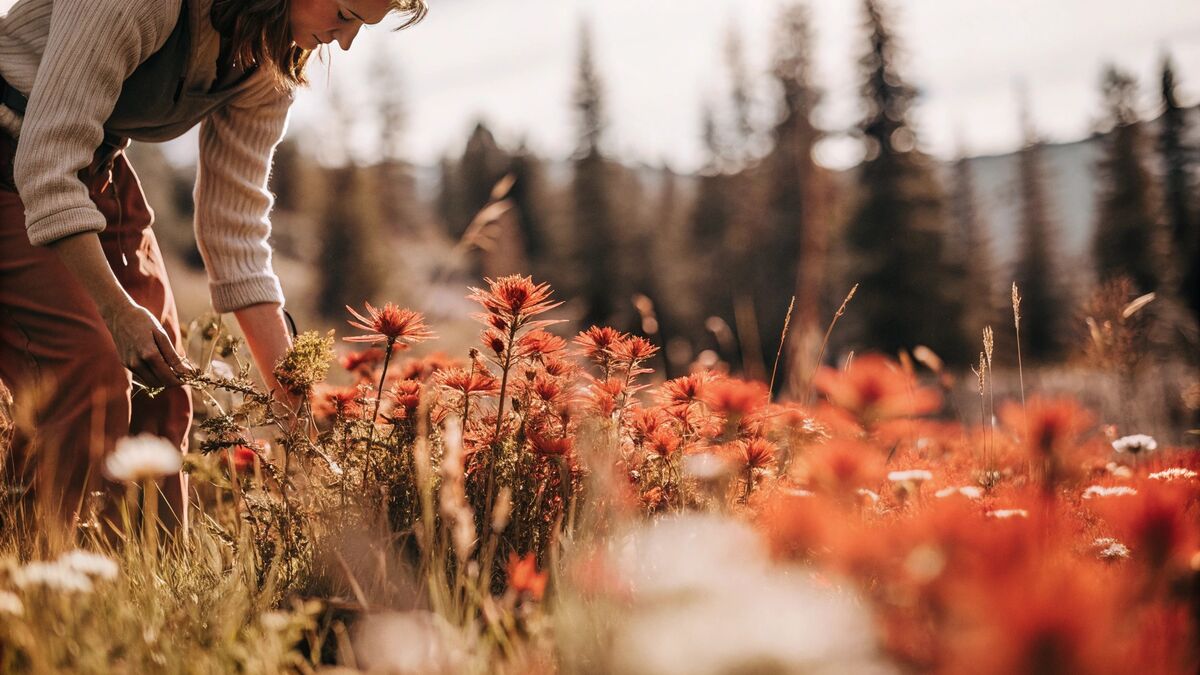
👉 Observation throughout the year: Once I have accurately identified the plant (or am still in the process), I try to visit it at its location repeatedly throughout the year. How does it change? When does it sprout, when does it bloom, when does it produce seeds? This accompaniment through the seasons creates a much deeper connection and a better understanding than any snapshot.
This process takes time and practice, but with each plant you get to know this way, your knowledge and confidence grow!
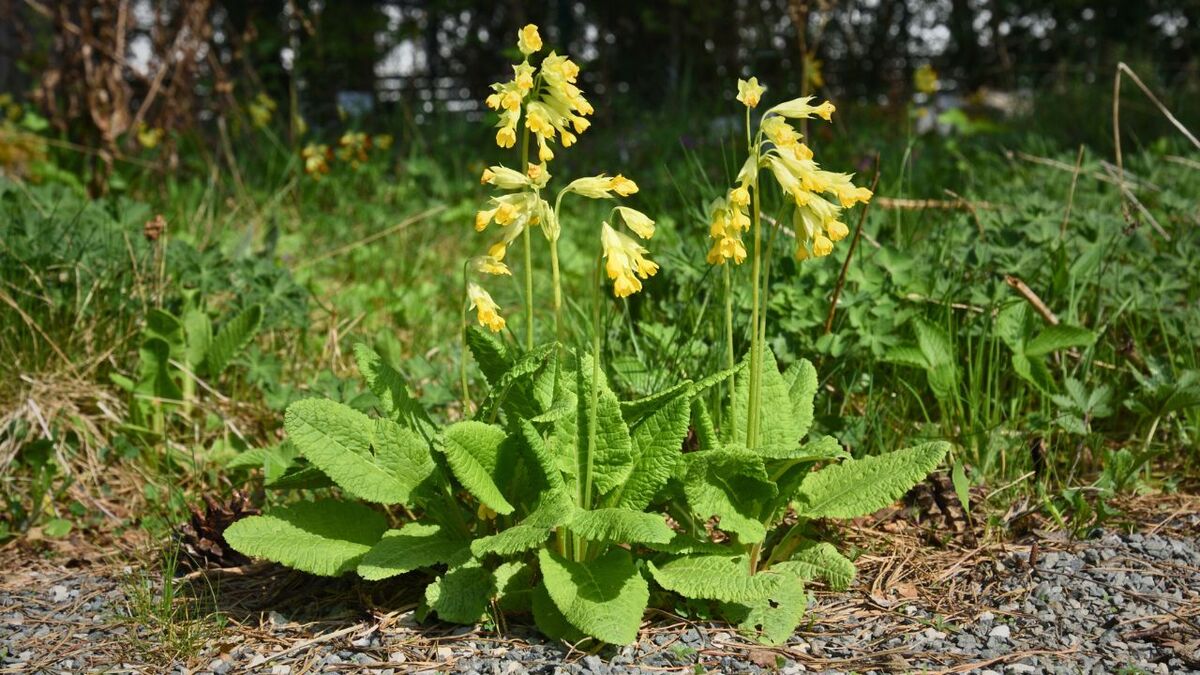
Your Personal Plant Portfolio: Creative Learning Methods
Everyone learns differently. Find out what works best for you to solidify and expand your knowledge:
➡️ Nature Journaling: For me, this is one of the most powerful methods and a core routine in wilderness education. Record your observations – with sketches, notes on features, locations, smells, tastes, but also your personal thoughts and feelings about the plant. It is a dialogue that trains your perception and creates a deep connection. Learn more about the core routines of wilderness education here.
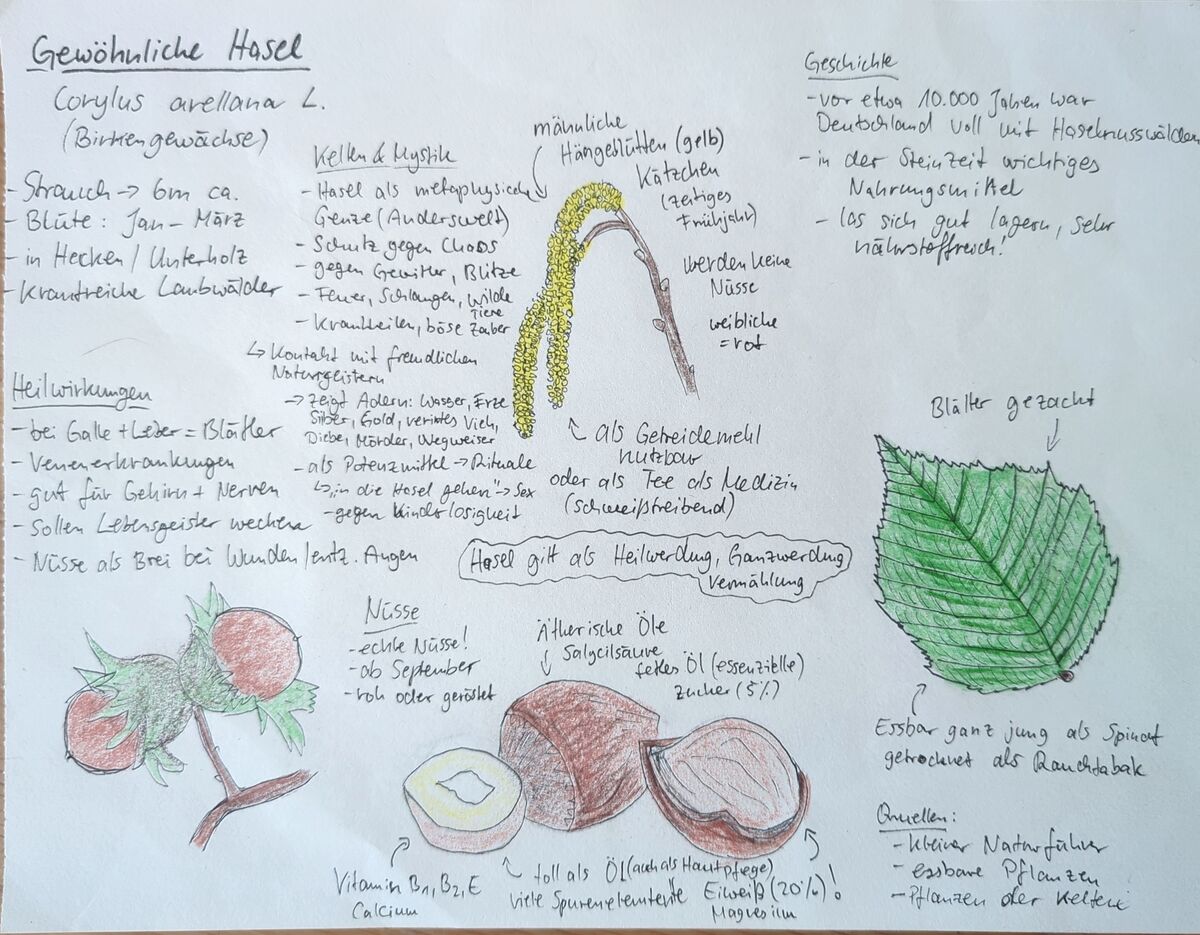
➡️ Photographing and "Post-Processing": Take detailed photos of plants from different perspectives. At home, you can then calmly compare them with identification books or simply go through your "visual archive." My smartphone is a true treasure trove of plant portraits!
➡️ The good old herbarium: Collecting, pressing, and labeling plants. This trains the eye for details and you have reference specimens to touch.
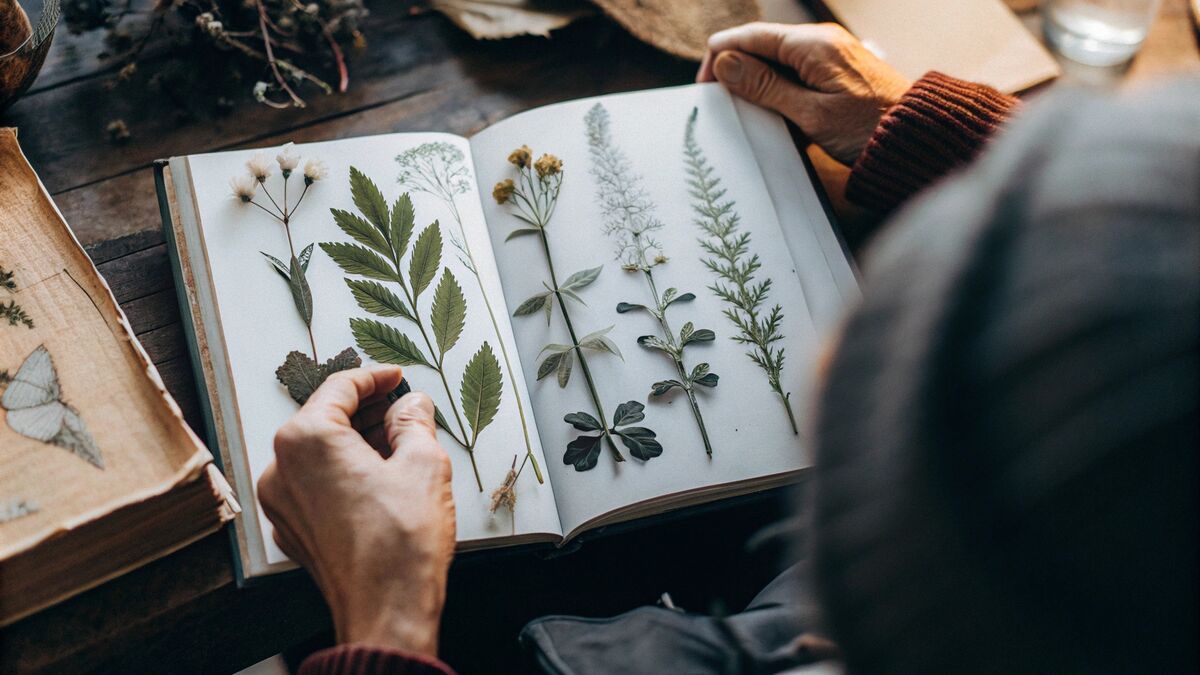
➡️ Your own plant blog or social media channel: A real insider tip that has motivated me enormously! When you share your discoveries online, you "force" yourself to research thoroughly, describe characteristics precisely, and present your knowledge in an understandable way. Plus: You can inspire others and connect with like-minded people! Check out my Instagram channel here or sit back on my YouTube channel (many short videos about plants).
➡️ Learning by Teaching: Explain a plant you are currently getting to know to a friend, your partner, or your children. You will immediately notice where your own understanding still has gaps.
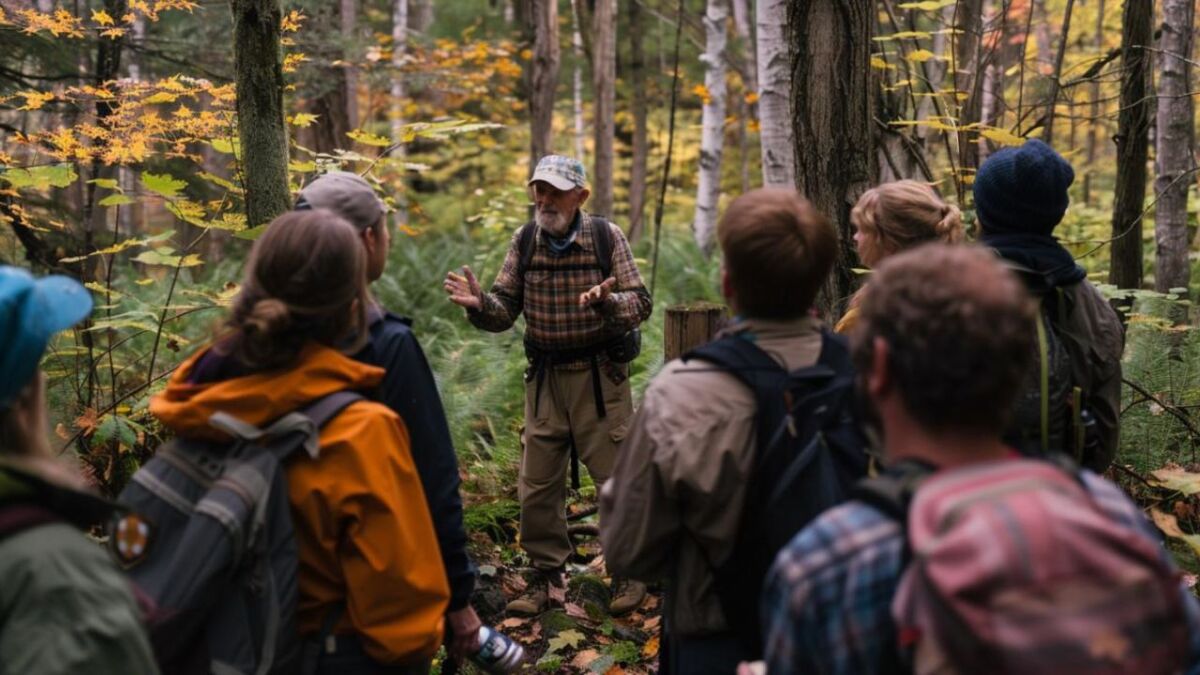
➡️ Games and Quizzes: There are online tools or apps with learning features. Or invent your own little games with friends!
➡️ Associations and Mnemonics: Connect new plants with familiar things, personal experiences, or funny memory aids. For example, I remembered that the stem of the Japanese Knotweed is hollow and resembles bamboo – that helps me with the distinction.
➡️ Accompany the entire annual cycle: Observe a plant from the sprouting in spring through the flowering in summer to the seed ripening in autumn and the dying in winter. Only then will you understand its true character and recognize it even when not all features are visible at the same time, as with the evening primrose and its root in the first year.
Structured Support for Your Learning Success: The Distance Course "Wildimpuls"
Sometimes, on such a learning journey, one wishes for a clear structure, regular impulses, and a supportive community. It is precisely from this need that I developed my distance course Wildimpuls.
Imagine receiving a new, exciting mission every week for a whole year that takes you step by step deeper into the world of wilderness skills – including plant knowledge. All of this is flexible in distance learning, at your own pace.
If you want to get to know not just individual plants, but also develop a deep, holistic understanding of nature and its connections, then take a closer look at Wildimpuls. It is my way of intensively accompanying you on this journey.
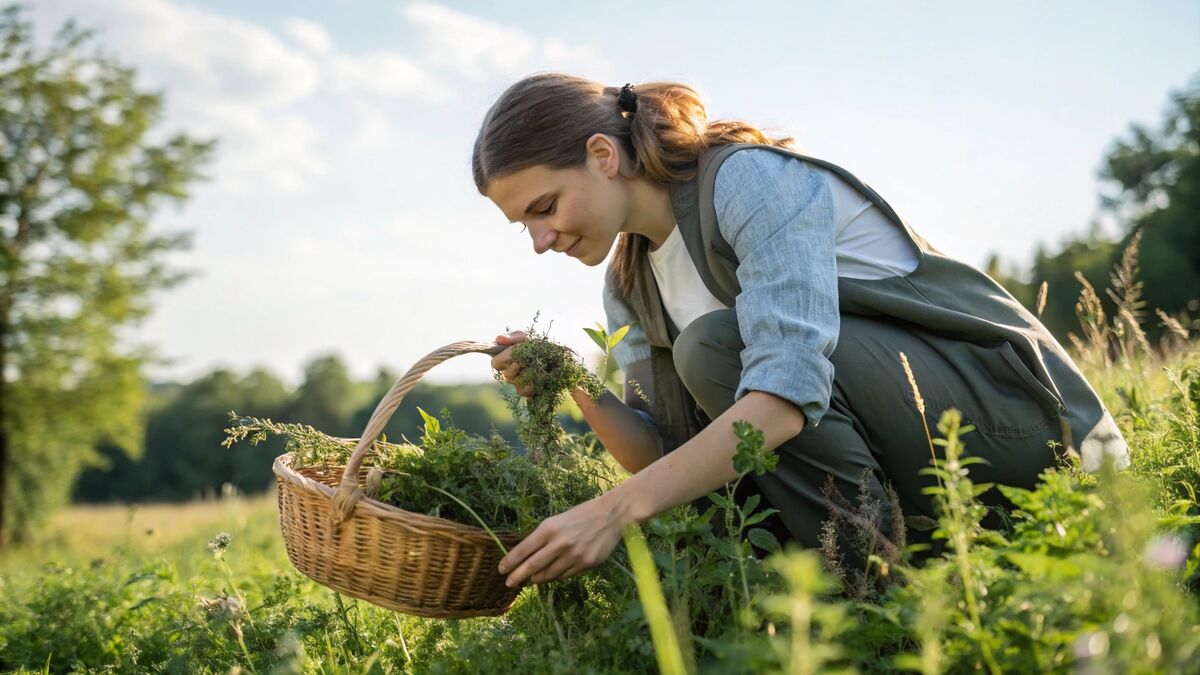
My Bookshelf for Wild Plant Explorers: Recommendations for Your Start
Over the years, I have accumulated a small but fine library of plant books.
There are countless good works out there, but here are a few of my personal favorites that have served me well, especially in the beginning, but even today:
Edible Wild Plants: A North American Field Guide to Over 200 Natural Foods
This book felt like an invitation to reconnect with nature.
Edible Wild Plants by Elias and Dykeman is more than a field guide—it's a trusted companion for anyone curious about foraging. The clear seasonal layout, stunning photos, and thoughtful warnings about toxic look-alikes made me feel both excited and safe to explore. I especially loved the little recipes tucked inside; they brought a warm, human touch to all the botanical knowledge. It’s practical, inspiring, and deeply grounding.
The Forager's Harvest: A Guide to Identifying, Harvesting, and Preparing Edible Wild Plants
This book feels like a deep conversation with someone who truly lives what he teaches.
Samuel Thayer doesn’t just list plants—he shares personal stories, insights, and hard-earned wisdom. With only 32 species, the focus is rich and detailed, and I found myself appreciating each plant like an old friend. It’s not just about eating wild foods—it’s about truly understanding them. Honest, passionate, and surprisingly moving.
Edible Wild Plants for Beginners: The Essential Edible Plants and Recipes to Get Started
This book made foraging feel fun, doable, and delicious right from the start.
Edible Wild Plants for Beginners is warm, inviting, and full of accessible advice. It’s like having a friendly coach walk you through your first wild harvest—with tasty recipes, safety tips, and even how to grow some of the plants at home. I especially loved the Purslane Martini—who knew wild food could be this creative?
Edible Wild Plants: Eastern/Central North America (Peterson Field Guides)
This guide feels like the classic compass every forager should carry.
With its precise drawings and reliable detail, the Peterson Field Guide gave me confidence in the wild. It’s not flashy, but it’s solid—packed with clear ID info, seasonal tips, and practical uses. I especially appreciated how it handled poisonous look-alikes. It’s the kind of book that quietly earns your trust.
The Forager’s Guide to Wild Foods
This book felt like both a survival manual and a love letter to nature.
The Forager’s Guide to Wild Foods is bold, beautiful, and deeply empowering—like a safety net made of leaves, roots, and wisdom. Whether you’re an old hand or just curious, the clear photos, maps, and medicinal tips made me feel ready for anything. It’s more than a guide—it’s a gentle reminder that the wild still wants to feed and heal us.
My tip: Browse through a well-stocked bookstore or library. Flip through different books and see which style and presentation appeal to you the most.
There is not ONE perfect book for everyone. And of course, you will also find many detailed plant portraits on my website in the category Plants and Fungi, such as for dandelion or nettle.
Am I allowed to do that? A look at the legal situation regarding wild plant foraging
Before we dive into nature with enthusiasm and fill our baskets, it is important to take a brief look at the legal framework.
As responsible nature lovers and wilderness educators, we naturally want to act in accordance with the laws and, above all, with respect for nature.
The good news upfront: Both in Germany and in Switzerland (and similarly in many other European countries), collecting wild-growing plants for personal use in small quantities is generally allowed.
- In Germany, the Federal Nature Conservation Act (BNatSchG), more specifically § 39 General Species Protection, regulates that anyone may carefully collect and appropriate wild-growing flowers, grasses, ferns, mosses, lichens, fruits, mushrooms, tea and medicinal herbs, as well as branches of wild plants from nature in small quantities for personal use at places not subject to a prohibition of entry. "Small quantity" is often interpreted as the "hand bouquet rule" – that is, what can be comfortably held in one hand.
- In Switzerland, a similar regulation can be found in the Federal Act on Nature and Cultural Heritage Protection (NHG). Article 19 addresses the requirement for permits for commercial purposes, but what is crucial for us is the paragraph that states: «The ordinary agricultural and forestry use as well as the collection of mushrooms, berries, tea and medicinal herbs in the customary extent are exempt, provided that they do not involve protected species.» You can find the exact wording in the NHG, Art. 19 and the following articles on species protection.
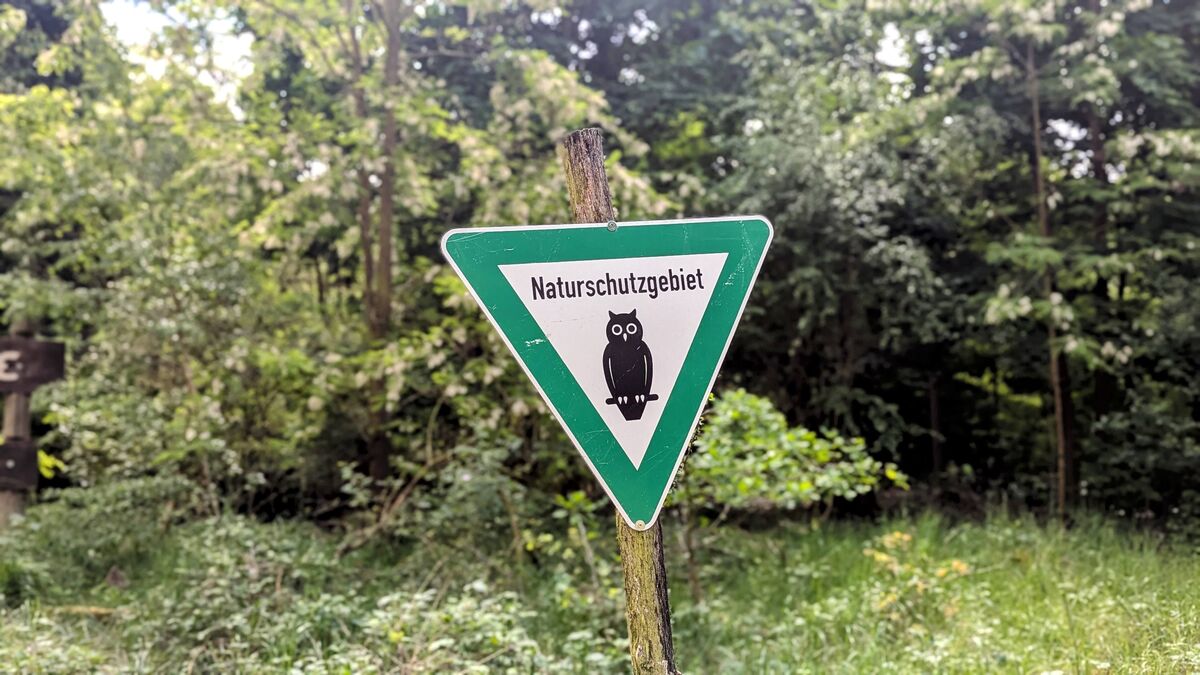
What this permission does NOT include is important:
- Nature reserves & national parks: Stricter rules or collection bans often apply here to protect sensitive ecosystems. Always inform yourself in advance with the relevant authorities or on the websites of the protected areas!
- Protected plant species: Many plants are protected by law and may not be collected at all or only very limited. The respective state offices for nature conservation or the environment often provide lists of protected species. I strongly recommend familiarizing yourself with the Red Lists of endangered species in the respective region. Ignorance does not protect against penalties here and harms nature!
- Private property: You may not collect anything here without the owner's permission.
- Commercial collection: Anyone wishing to sell wild plants usually needs an official permit.
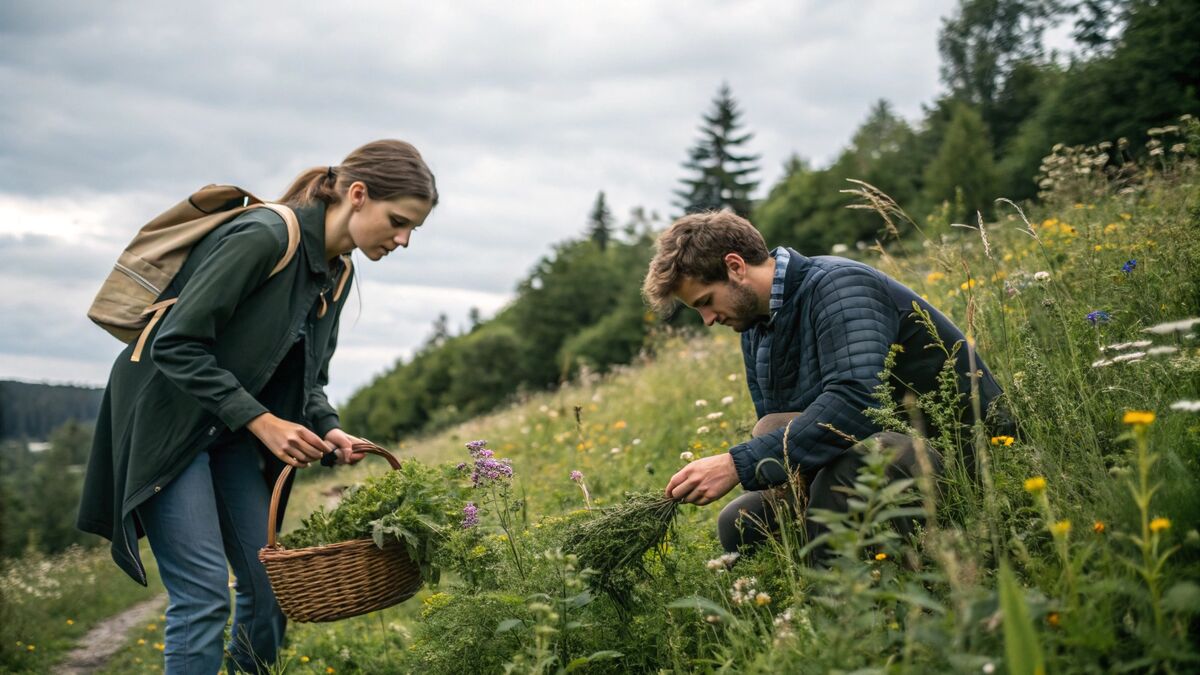
My Personal Collecting Ethics – More than Just Law:
Beyond the pure laws, there are a few unwritten rules for me as a wilderness mentor that arise from respect and mindfulness towards nature:
- Take only what you really need and can process. Waste has no place in nature.
- Never harvest an entire population. Always leave enough plants so they can reproduce and others (humans and animals!) can benefit from them. My rule of thumb: Never harvest more than one third of the plants at a location.
- Be sparing with rare plants. Even if they may not be strictly protected, if you notice that a species is only sparse at a location, then it's better to leave them or take only a tiny sample to get to know them.
- Pay attention to the harvesting technique: If you harvest above-ground parts like leaves or flowers, the plant can often continue to grow or sprout again next year. However, when digging up roots, you remove the entire plant! This should only be done thoughtfully and with truly common species whose populations are not at risk.
- Leave no traces: Adhere to the principles of Leave No Trace.
By adhering to the laws and collecting with an attitude of gratitude and respect, we ensure that nature's pantry remains filled for future generations.
Hazards of Foraging for Wild Plants: Not Everything That Is Green Is Good
Nature gifts us abundantly; there is no doubt about it.
I love being outdoors and discovering the diversity of plants that surround us.
But in all the enthusiasm for edible wild plants, we must never forget one thing: Not every plant is our friend, and ignorance can have serious, sometimes even life-threatening consequences.
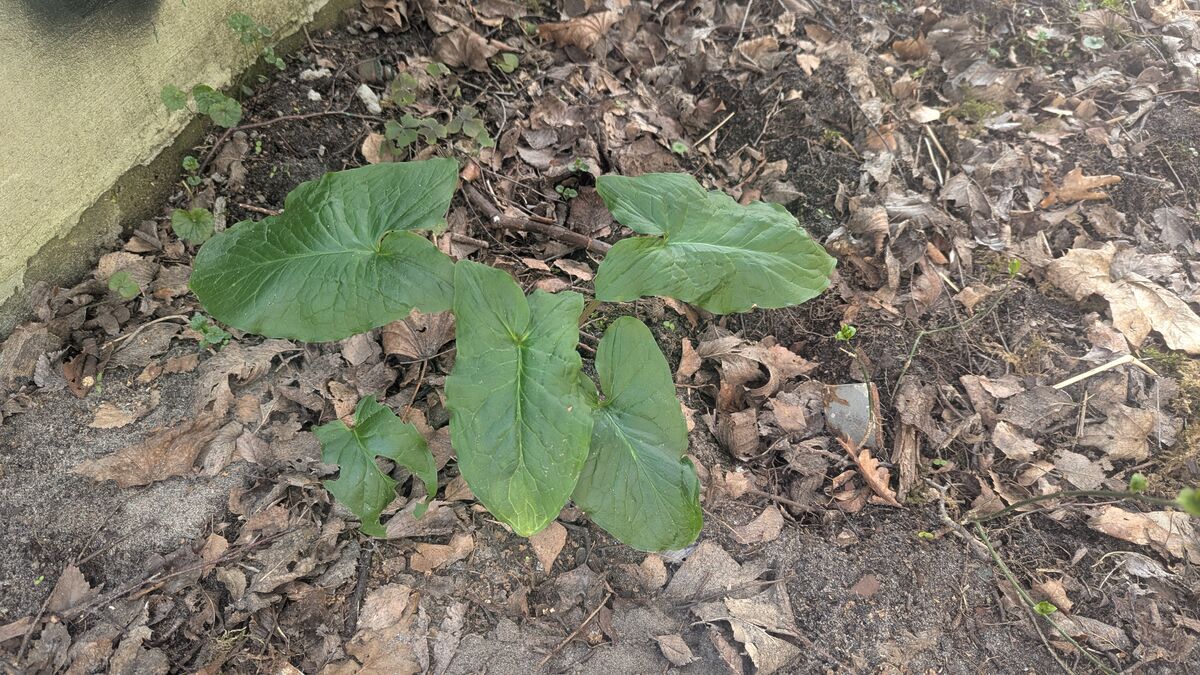
Before we embark on the "green hunt" naively, it is absolutely crucial to be aware of the potential dangers.
This mainly includes:
- Confusion with poisonous plants: The greatest danger. Some edible plants have toxic look-alikes that can be deceptively similar.
- Incorrect dosage or preparation: Even edible plants can be indigestible or even harmful in large quantities or if prepared incorrectly.
- Contamination by environmental pollutants: Plants from heavily trafficked roadsides or conventionally fertilized fields may be contaminated with pollutants.
- Allergic reactions: One can have individual allergic reactions to plants considered edible.
- Parasites and pathogens: Unwashed plants may be contaminated with eggs of parasites (e.g., fox tapeworm) or bacteria.
In my more detailed guide, we will take a closer look at these and other risks and how you can protect yourself from them.
But even now I want to sharpen your awareness that caution and informed knowledge are your most important companions when foraging. Because the most beautiful wild herb meal is worthless if it ends with a queasy feeling or even health problems.
The responsibility lies with you: Poisonous plants and respect for nature
In all the enthusiasm for edible wild plants, we must never forget one thing: There are also poisonous plants, and some of them look deceptively similar to their edible relatives.
My most important message to you is therefore always: Collect and consume ONLY what you can identify with 1000% certainty!
An "Uh, that could be plant XYZ." or "That must be XYZ.” is not sufficient!
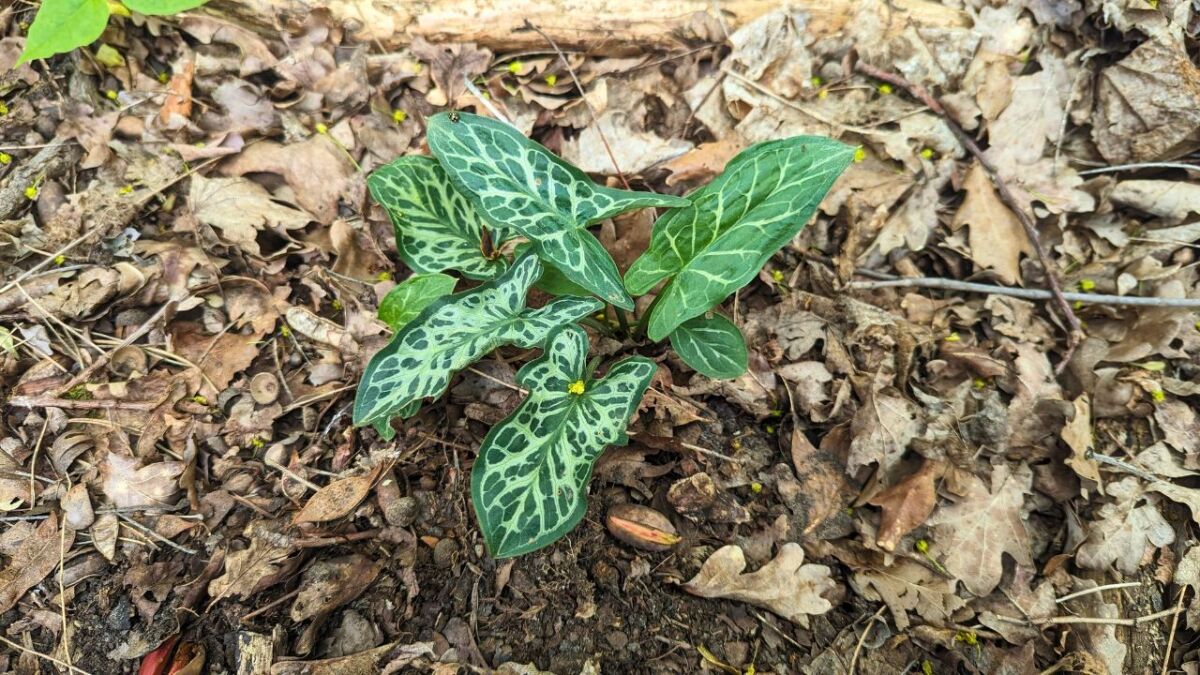
It's not about knowing every single poisonous plant in the world – that's utopian. But you must know the edible species you want to use absolutely perfectly, including their typical look-alikes.
Good plant books explicitly point this out. Take these warnings seriously! Your health is your greatest asset.
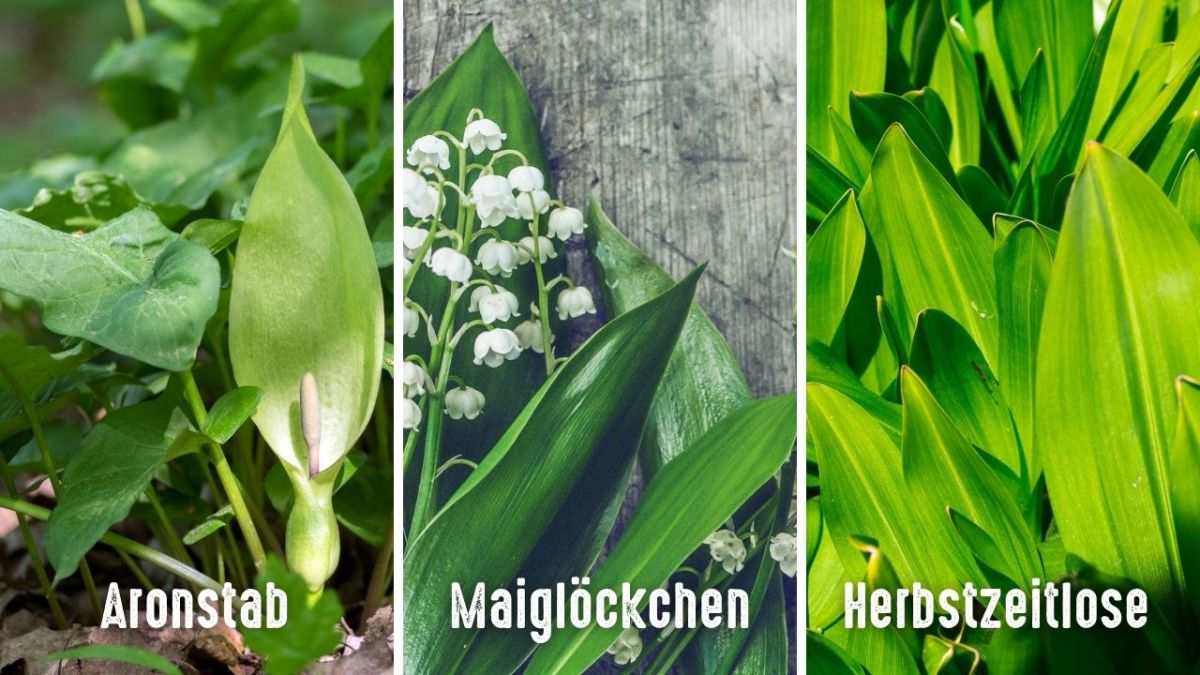
Expand your horizons: Trees and shrubs are also plants!
When we talk about wild plants, many first think of herbs on the ground. But don't forget to look up! Many of our native trees and shrubs are true treasure troves.
Whether the leaves of young trees that are edible, the nutritious beech nuts, and hazelnuts, or the vitamin-rich fruits of the rose hip – the possibilities are diverse.
Knowing about healing trees can also be incredibly valuable. The advantage: The diversity of trees and shrubs is more manageable than that of herbs, which often makes it easier to get started.
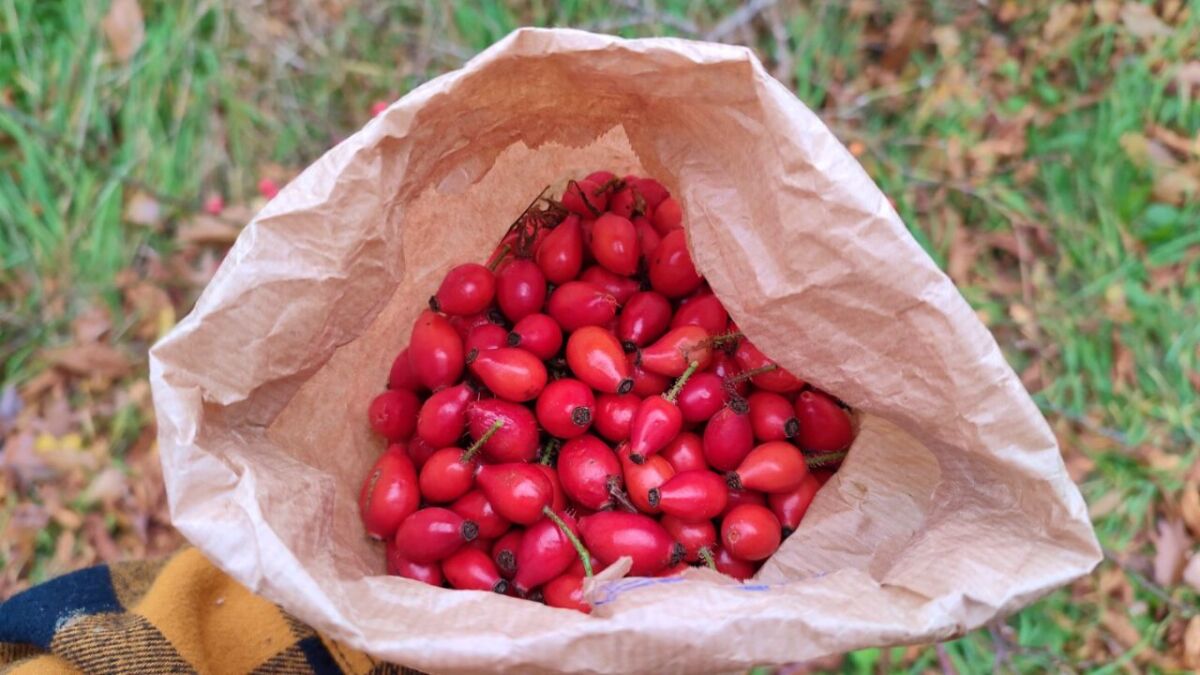
Your adventure begins now: With curiosity and open senses
Learning about wild plants is a lifelong process, a journey that will continually reward you with new discoveries and deep insights.
For me, it is one of the most beautiful ways to connect with nature and experience its generosity.
Be patient with yourself, celebrate every small success, and above all: Have fun!
Take the time to go outside, look closely, and discover the wonders along the way.
Nature is the best teacher – you just have to listen to her. I wish you an incredible amount of joy on your very own wild plant path!

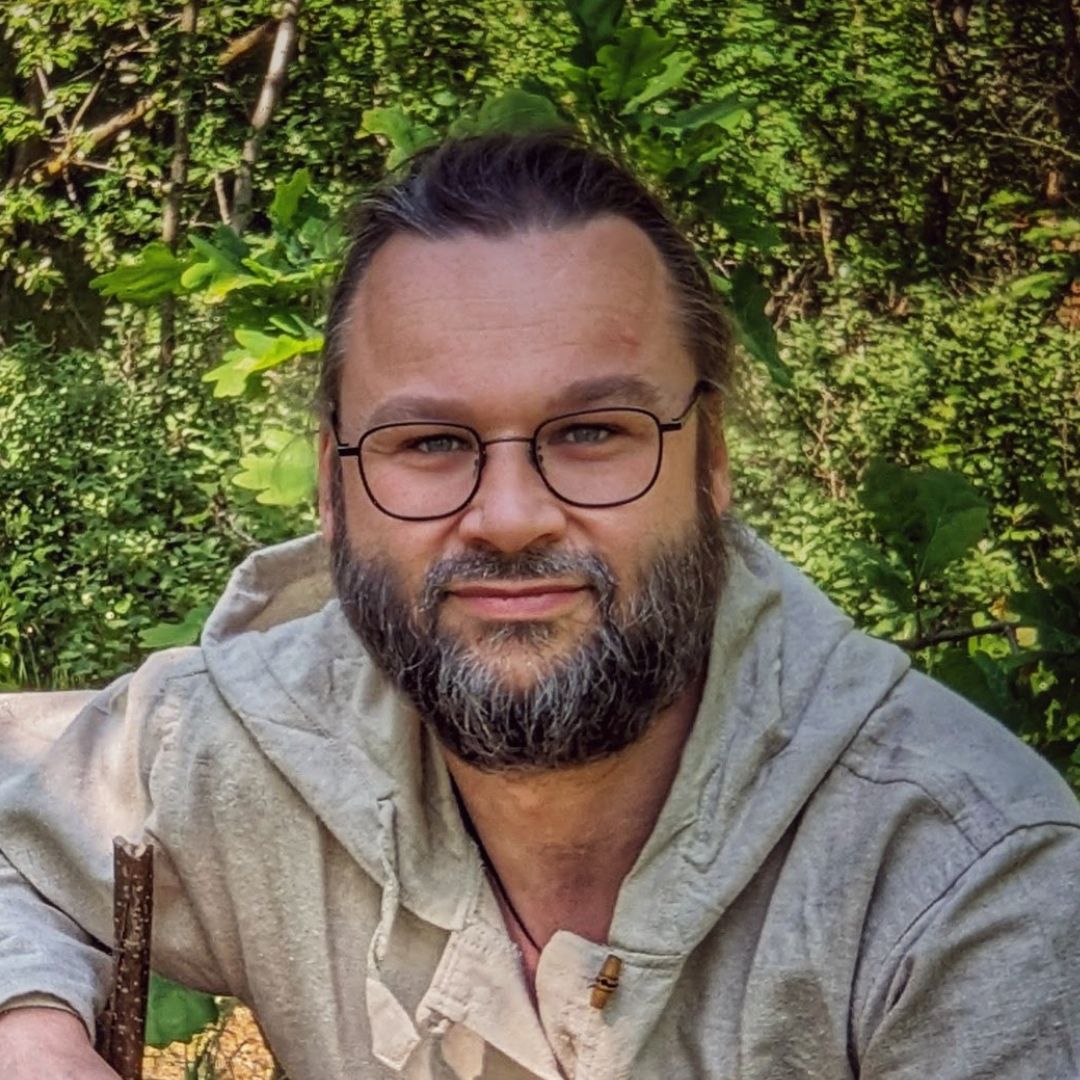
Author of the guide
Martin Gebhardt
Hey, I'm Martin. On my blog, you will learn the basics and numerous details about living in the wild. I think survival, bushcraft and the good life in nature are the keys to happiness. Find me here on Instagram or on YouTube. You can find more about my mission on the About Me page.
Was this guide helpful?
18 people found this guide helpful.
5.00 out of 5 points (18 Ratings)
Comments (0)
This post may contain affiliate links. So if you click on the links and make a purchase, I will receive a small commission at no additional cost to you. Click here, to learn more about it.


